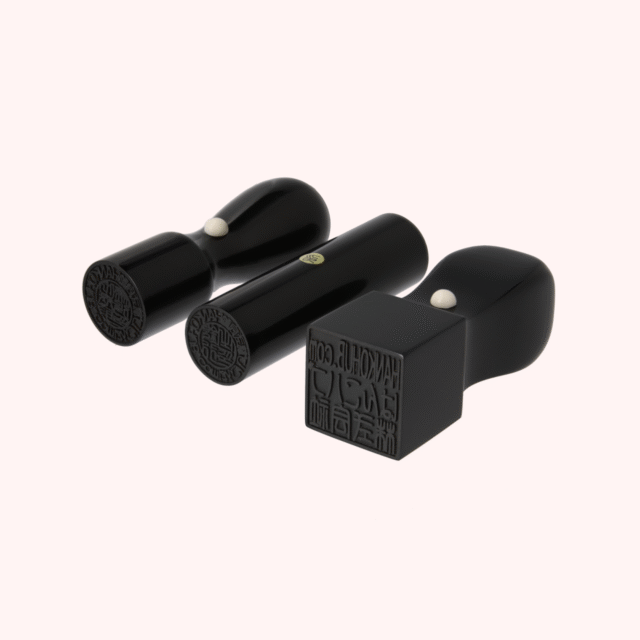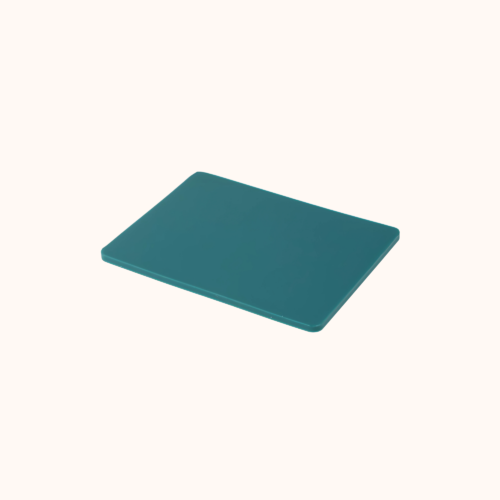Your hanko isn’t just a stamp—it’s a representation of your identity, authority, and legal approval in Japan. Whether it’s a personal seal (mitomein), a registered seal (jitsuin), or a corporate hanko, caring for it properly is essential to ensure it lasts and performs effectively over time.
In this guide, we’ll cover the best practices for storing, cleaning, and handling your hanko. These simple steps can help you avoid errors, protect your investment, and maintain your credibility in both personal and professional settings.

Why Proper Hanko Storage Matters
A damaged or poorly maintained hanko can result in blurred impressions, ink smudges, or even rejection of legal documents. To keep your seal in top condition:
- Prevent moisture and heat exposure
- Avoid physical wear and tear
- Store securely to prevent unauthorized use
Tips for Storing Your Hanko
1. Use a Protective Case
Always store your hanko in a fitted case. Most high-quality cases come lined with velvet or fabric to prevent scratches and moisture buildup.
Best practice: Choose a case with a snap or magnetic closure and avoid loose storage in drawers or bags.
2. Keep It in a Cool, Dry Place
Excessive heat or humidity can warp wooden or resin seals and cause ink residue to degrade the carving.
Best practice: Store your hanko in a drawer away from direct sunlight or in a sealed container with silica gel for moisture control.
3. Avoid Carrying It Daily
Unless you use it regularly for business, don’t keep your hanko in your bag or pocket. Daily movement increases the risk of wear or accidental use.

Tips for Cleaning and Maintenance
1. Clean After Use
Always wipe your hanko gently after stamping. Use a soft cloth or tissue to remove excess ink without rubbing too hard.
Avoid: Using alcohol or water-based cleaners, which may damage wooden or natural materials.
2. Inspect for Wear and Cracks
Over time, the engraved characters can wear down, especially with frequent use. Check the edges for chipping or deformation.
Best practice: If the impression becomes faint or uneven, consider replacing your seal or having it professionally re-engraved.
3. Use the Right Ink Pad
A low-quality ink pad can result in inconsistent impressions and buildup. Choose pigment-based hanko ink specifically designed for Japanese seals.
Keywords: clean hanko seal, ink pad for hanko, best ink for Japanese seal
Special Care for Different Materials
- Wood: Avoid moisture and direct sunlight. Use a natural oil occasionally for preservation.
- Horn: Keep in stable temperatures to prevent cracking. Handle with care.
- Titanium: Wipe clean and store dry. Less prone to wear, but still avoid abrasive cleaning tools.
- Plastic or Resin: Avoid dropping or bending, which may cause cracks or warping.
How to Secure Your Hanko at Work or Home
If your hanko is used for legal or financial purposes, you must control access strictly.
- Use a lockable case or drawer
- Maintain a stamp usage log for corporate seals
- Never share your hanko with unauthorized persons
Keywords: protect company seal, hanko usage log, secure Japanese stamp
When to Replace Your Hanko
- If the impression becomes unclear
- If the seal is physically damaged
- If your name or business structure changes
Final Thoughts
Proper care of your hanko ensures not only its longevity but also the trust others place in your stamped documents. A poorly maintained seal can lead to legal and operational complications.
At HankoHub.com, we offer not only high-quality seals, but also stylish protective cases, ink pads, and accessories designed to help you preserve your seal’s precision and professionalism.
Order your protective case or replace your old seal today at HankoHub.com—and keep your identity sharp, clean, and legally secure.













